

CarExpert.com.au
When do double demerit points start for the 2025-2026 Christmas holidays?
36 Minutes Ago
Holding out hope for steering wheel-free cars will become common soon? You'll be holding onto the controls for a while longer.

Contributor
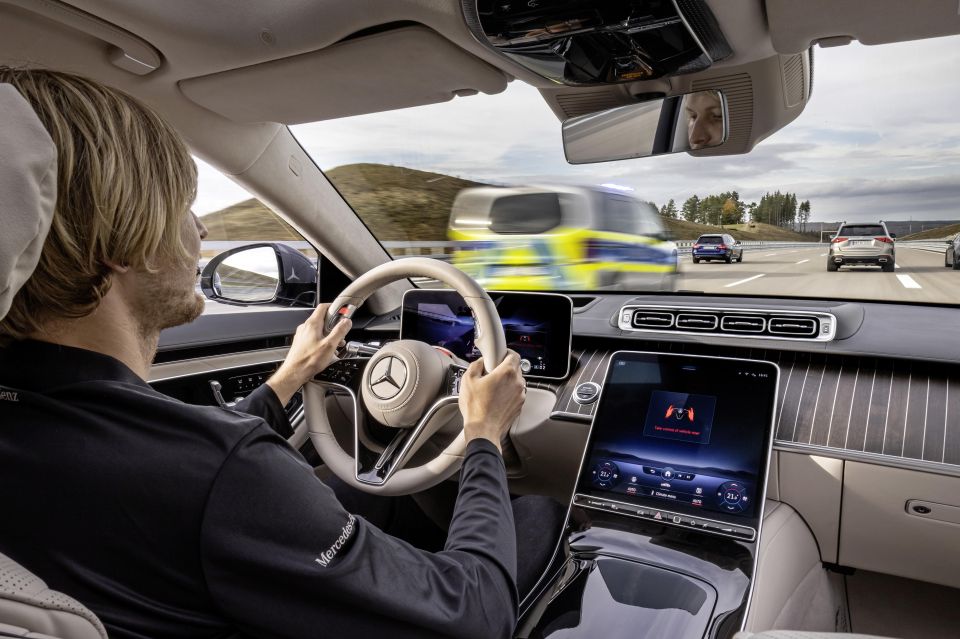

Contributor
Waiting for self-driving cars to be on every street corner? The CEO of one of the world’s biggest carmakers says you’ll be waiting until late in the 2030s at best.
Ola Kallenius, Mercedes-Benz CEO, says the path from current autonomous driving systems – which require varying levels of human oversight – to the sort of self-driving tech that’ll allow carmakers to rip the steering wheel out of their cars entirely is a slow one.
Speaking with Nilay Patel on the Decoderpodcast, Mr Kallenius said “there is a lot of computing power, a lot of sensing, a lot of backend, and so on” required to make autonomy happen.
“It is not something you can put in a $10,000 car, but you can put it in an $80,000 to $100,000 car in the beginning. I think we will surely be deep into the [20]30s before the whole world goes to that. I do think a lot of things will happen in this decade on the way there,” he said.

Just because we won’t have full autonomy doesn’t mean Mercedes-Benz won’t advance its current systems in the interim.
“We will have level two systems that will feel like level four systems. You are still responsible, but the car can do almost everything. Super assistance,” Mr Kallenius told Mr Patel.
“Together with Nvidia, we are now working on our next generation of autonomous automated drive systems. Those are going to be in the market towards the end of 2024 into 2025. I am quite excited about what we are doing there. We have very good cooperation with them and we are moving fast,” he said.
Mercedes-Benz currently offers Level 2 autonomous driving systems across its range, in the form of a system that combines the adaptive cruise to maintain a gap with the car in front, and a lane-centring system that will actively steer to stay between the white lines.
Drivers are required to keep their hands on the wheel and eyes on the road at all times with L2 systems.
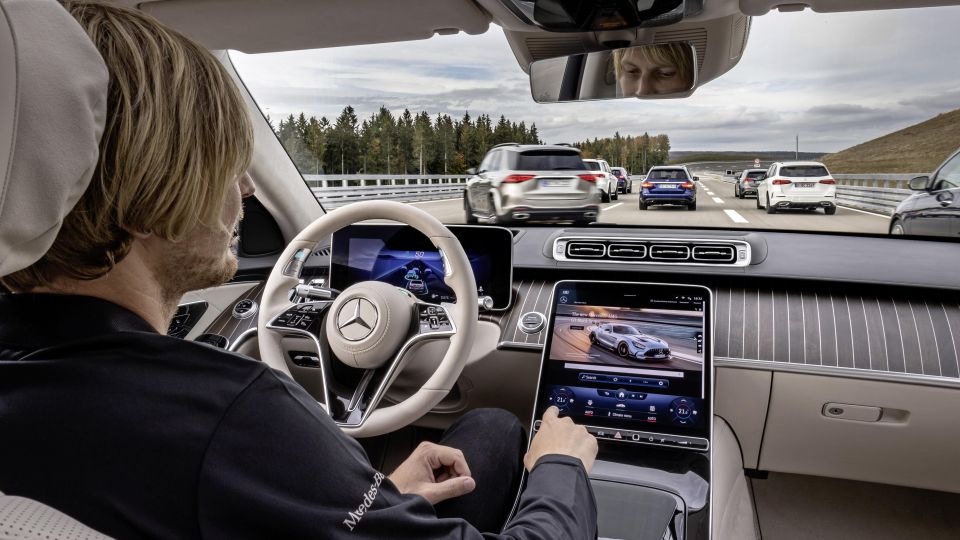

The S-Class is offered with Level 3 autonomous technology in Germany. Mercedes-Benz is liable for any accidents caused when its Drive Pilot system is engaged, regardless of whether the driver is paying attention or not.
Mercedes-Benz believes its willingness to bear liability for the Level 3 driving assist will help it earn approval from American regulators. Owners will still be liable for any crashes caused when they’re driving and the Level 3 system is deactivated.
The Mercedes-Benz system goes a step further than current driver assists such as Tesla Autopilot, which require the driver to keep their hands on the wheel and eyes on the road while they’re active.
Drive Pilot already features in the S-Class and EQS sedans, and was approved for use on mapped German highways at speeds below 60km/h in December 2021.
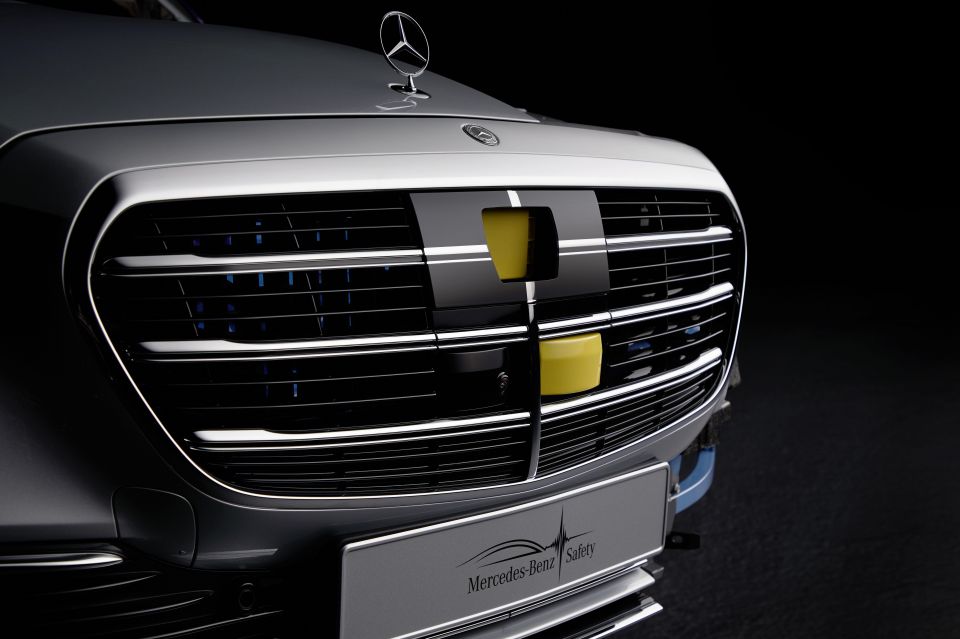
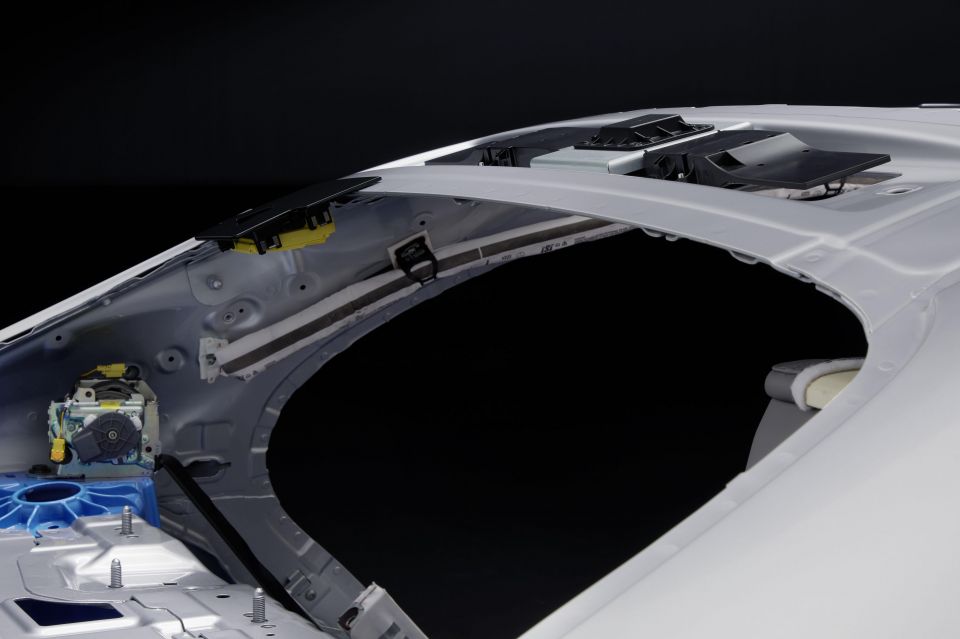
Mercedes-Benz has confirmed it’s seeking approval to use the system on California and Nevada highways below 64km/h (40mph) by the end of 2022.
The system is best used in heavy traffic or congested situations, where it’s designed to take the strain off drivers.
Level 3 autonomous driving means a driver can take their hands off the steering wheel in certain situations like highways and traffic jams, and even take their eyes off the road.
The system gives 10 seconds of warning before handing control back to the driver if it encounters trouble.
The Drive Pilot system uses LiDAR, cameras, microphones, and a special wetness sensor in the wheel well to control the speed of the vehicle and the distance to the car ahead, and also guides the vehicle within its lane.
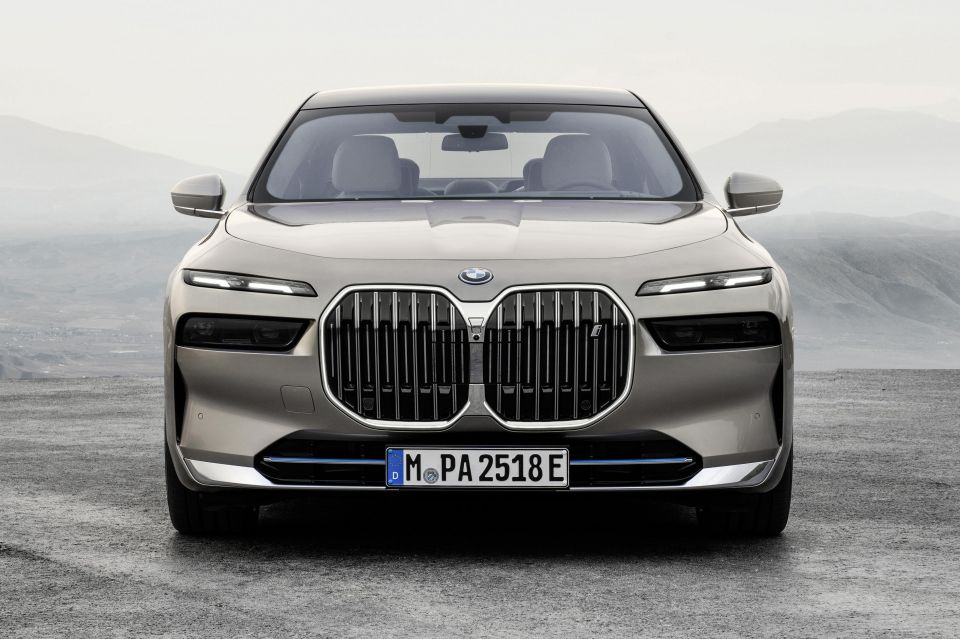
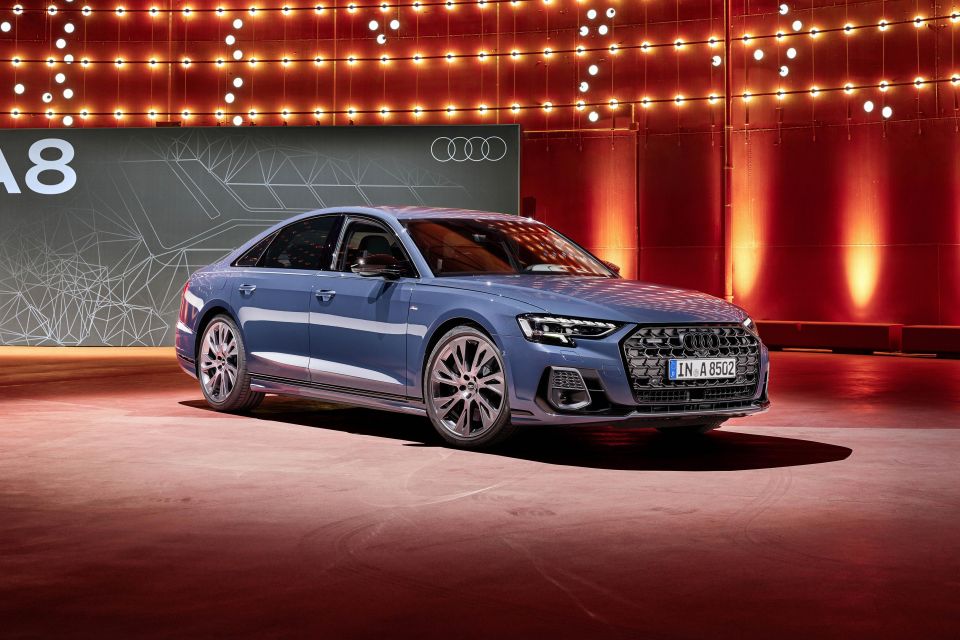
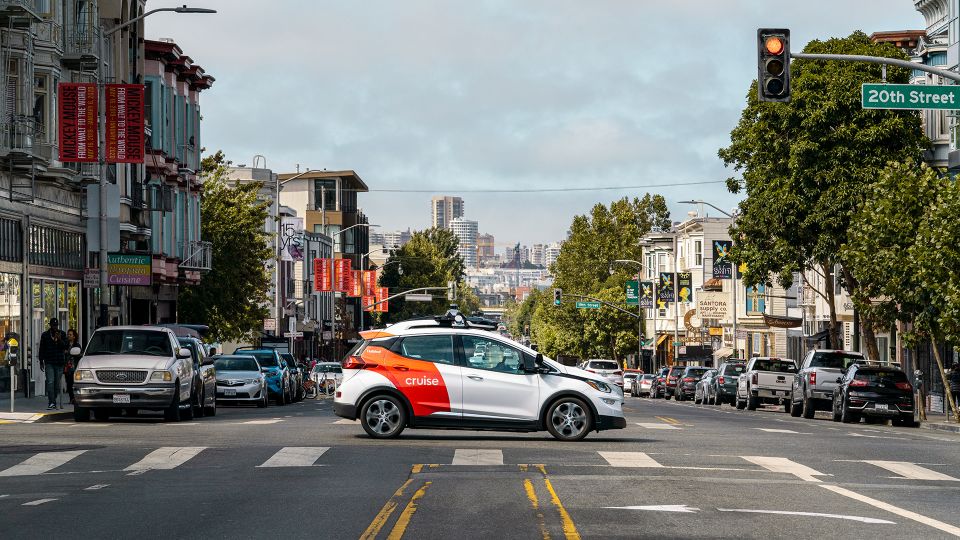
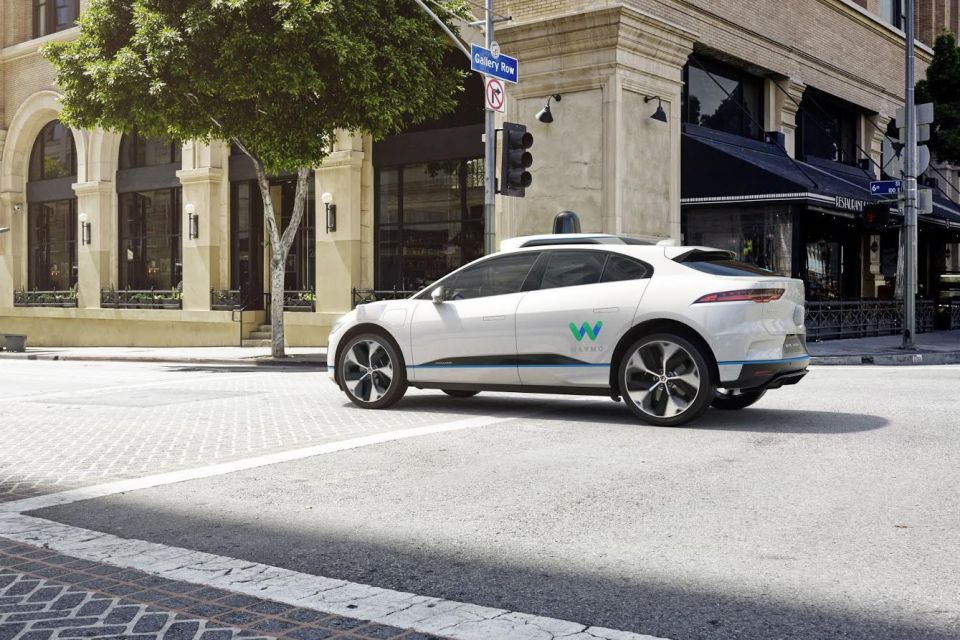
The system can also react to unexpected traffic situations and handle them independently, either moving within its lane or pulling off an emergency stop.
One of the few other Level 3 autonomous vehicles currently available is the Japanese-market Honda Legend sedan, with its Traffic Jam Pilot system allowing it to navigate congested freeway traffic autonomously.
A similar Level 3 technology was shown off by Audi at the launch of its fourth-generation A8 sedan in 2017, but has since been delayed. BMW will debut the technology in the new 7 Series.
The likes of Cruise and Waymo are working on autonomous cars with no steering wheel for ride-hailing services, but at this stage their pilot programs are limited to certain areas with sympathetic regulations.
Where expert car reviews meet expert car buying – CarExpert gives you trusted advice, personalised service and real savings on your next new car.
Scott Collie is an automotive journalist based in Melbourne, Australia. Scott studied journalism at RMIT University and, after a lifelong obsession with everything automotive, started covering the car industry shortly afterwards. He has a passion for travel, and is an avid Melbourne Demons supporter.


CarExpert.com.au
36 Minutes Ago


Ben Zachariah
2 Hours Ago
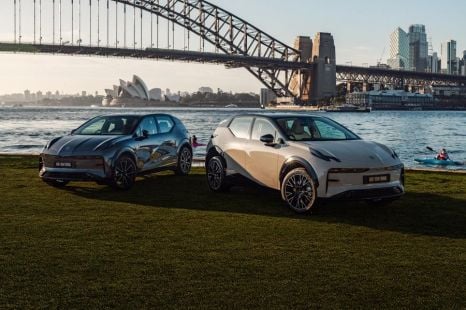

Max Davies
3 Hours Ago


Derek Fung
3 Hours Ago
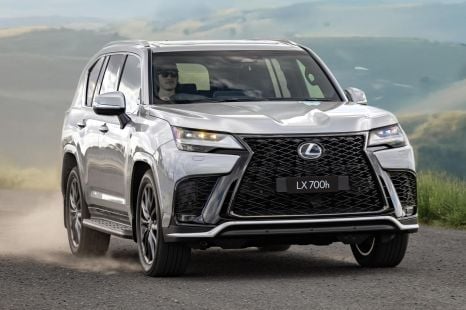

Derek Fung
4 Hours Ago
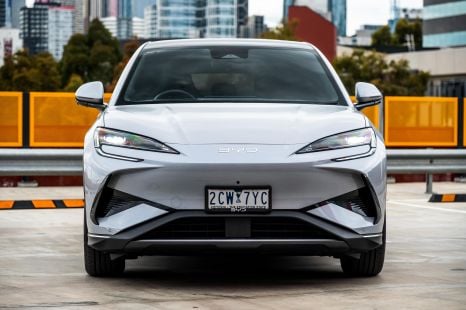

James Wong
10 Hours Ago